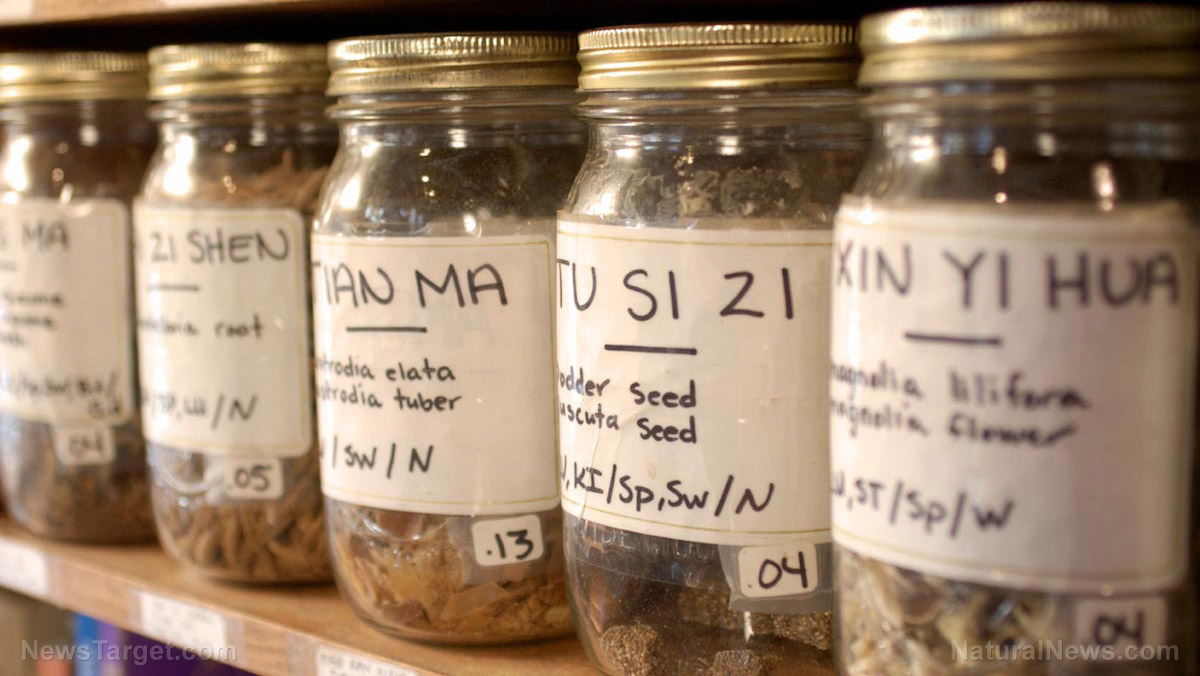by Jonathan Landsman
Over the past few decades, the incidence of many chronic degenerative diseases including cancer, autoimmune disorders, diabetes, cardiovascular problems and Alzheimer’s disease have all risen by an alarming rate – and Western medicine offers no cure. And, while conventional medicine continues to ‘treat’ every ill with a pill or surgery – the actual underlying cause of every disease remains unaddressed.
Many integrative healthcare providers have shown that the rise in chronic disease conditions is largely due to imbalances in body energy, aggravated by an unprecedented amount of environmental toxins such as, aluminum, fluoride, lead and mercury. (to name just a few) But, there is a solution.
Traditional Chinese medicine helps to balance your flow of energy throughout the body
Traditional Chinese medicine, which originated thousands of years ago in ancient China, is based on naturally triggering the self-healing response of the body. This elegant healing system has already been successfully integrated with conventional medicine for years.
“Chinese medicine is much more than acupuncture,” Dr. Sokitch notes, adding that TCM’s emphasis on “energy balance” helps to activate the body’s natural healing mechanisms.
Dr. Sokitch explains that our bodies contain a vibrant life-force energy – or qi – that flows through twelve different meridians, or pathways. This energy flow is affected by yin and yang, a philosophical concept known in TCM as the “supreme ultimate.”
Yin and yang form a unity, with each containing the seeds of the other. The concept of yin and yang extends to body organs, with each organ paired with its “opposite” for diagnostic and therapeutic purpose.
For example, Dr. Sokitch likens the liver to a military commander in the body, responsible for marshalling defenses against threats and ensuring a smooth flow of energy. The liver is also believed to be the source of courage and resoluteness. When energy becomes stagnant or weak inside the body – that’s when we can experience health problems.
The gallbladder, which governs the ability to make decisions, is the “yang” of the liver and most sensitive to stress and overworking. The heart, as the “emperor” of the internal organs, houses the spiritual aspect of the body, and of all other organs. Problems with the kidneys – which millions of people have without even knowing it – can cause typical symptoms of bladder infections, hearing loss, severe fatigue plus emotional issues like, anxiety and fear.
Discover how to help balance your energy pathways, within the body, with Chinese medicine and get greater control over your own health on the next NaturalHealth365 Talk Hour.
Herbal Chinese medicines possess potent therapeutic properties
To treat imbalances, Dr. Sokitch utilizes a wide variety of both Eastern and Western techniques, including Chinese herbal medicine. In TCM, herbs are prescribed not to suppress specific symptoms, but to heal the condition that is causing symptoms in the first place. Many Chinese herbs have been found to have powerful antioxidant, anti-inflammatory and antimicrobial qualities.
For example, Cordyceps sinensis, a fungus that grows on the backs of a specific species of Chinese caterpillar, is harvested in Sichuan, Qinghai and Tibet. Many of cordyceps’ constituents have proven antioxidant and anti-inflammatory effects. Cordyceps is used in TCM to enhance and invigorate the kidneys and lungs, and for the treatment of asthma.
Lycium barbarum, also known as wolfberry and goji berry, contains many beneficial and antioxidant constituents, including linoleic acid, beta-sitosterol, and the carotenoids lutein and zeaxanthan. Goji berries are used for liver and kidney problems that cause lower back pain – and also for blurred vision and cataracts.
Interestingly, mainstream medicine is beginning to focus on lutein and zeaxanthan for the purpose of preventing vision problems – such as age-related muscular degeneration – as well.



